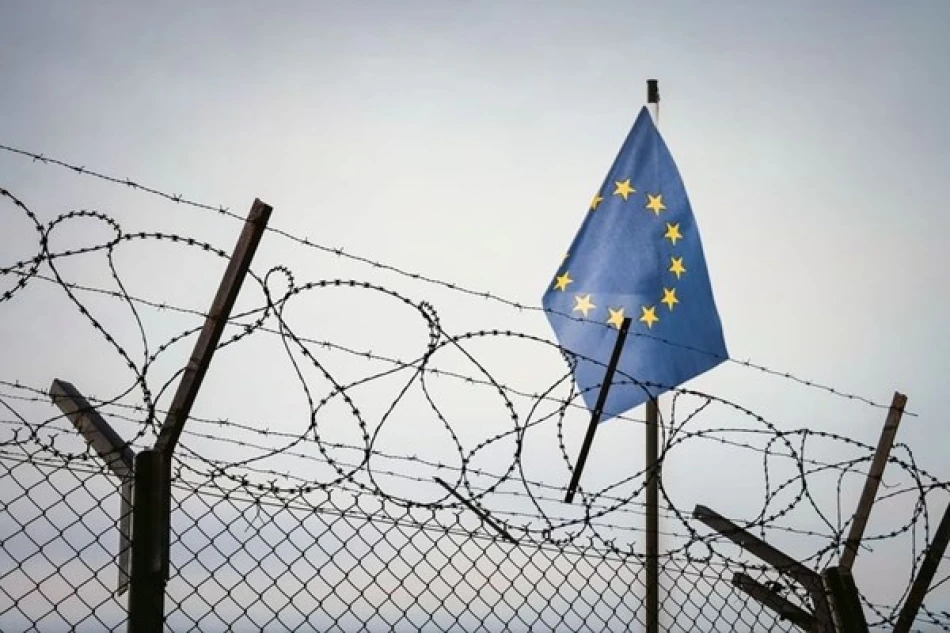
EU Sees Significant Drop in Irregular Border Crossings
Mediterranean Migration Deaths Rise Despite 18% Drop in EU Border Crossings
European border authorities report a troubling paradox: while irregular border crossings into the EU fell 18% in the first seven months of 2025, migrant deaths in the Mediterranean have surged to 947 fatalities. The data exposes how smuggling networks are adapting with deadlier tactics, launching multiple overcrowded boats simultaneously to overwhelm rescue operations.
The Numbers Tell a Complex Story
Frontex, the European Border and Coast Guard Agency, recorded 95,200 irregular border crossings through July 2025, down from approximately 116,000 in the same period last year. However, this statistical improvement masks a darker reality unfolding across Mediterranean shipping lanes.
The agency identified three specific maritime routes experiencing intense pressure, though it has not disclosed which pathways are seeing the heaviest traffic. Historically, the Central Mediterranean route from Libya to Italy, the Western Mediterranean from Morocco to Spain, and the Eastern Mediterranean from Turkey to Greece have served as the primary corridors for irregular migration.
Smugglers Deploy "Synchronized Launch" Strategy
The 947 recorded deaths represent a significant human cost that appears disproportionate to the overall decline in crossing attempts. Frontex attributes this deadly trend to smuggling networks employing what it calls "synchronized launching" of multiple overcrowded vessels.
This tactical shift serves dual purposes for criminal organizations: it maximizes revenue by packing more migrants into dangerous journeys while potentially overwhelming the response capacity of European coast guards and humanitarian rescue ships. When multiple distress calls occur simultaneously across vast stretches of water, rescue resources become dangerously stretched.
Historical Context and Policy Implications
The 18% reduction in border crossings continues a trend that began following the 2015-2016 migration crisis, when over one million people sought asylum in Europe. Since then, EU policies have focused on externalization—working with North African countries to intercept migrants before they reach European waters.
However, these deterrent measures appear to be pushing smugglers toward riskier operations rather than reducing demand for crossing attempts. The higher fatality rate suggests that while fewer people may be attempting the journey, those who do face increasingly dangerous conditions.
What This Means for European Policy
For EU policymakers, these figures present a strategic dilemma. Traditional metrics of border security success—reduced crossing numbers—are being achieved, but at an unacceptable human cost. The data suggests current approaches may be inadvertently incentivizing smugglers to adopt more dangerous methods.
The synchronized boat launches also highlight gaps in European maritime surveillance and rescue coordination. If criminal networks can predict and exploit response limitations, it indicates a need for enhanced real-time intelligence sharing and expanded rescue capacity during peak crossing seasons.
Looking Ahead: Prevention vs. Rescue
The Mediterranean migration challenge requires European leaders to balance deterrence with humanitarian obligations under international maritime law. The current trajectory suggests that without addressing root causes of migration or providing legal pathways for asylum seekers, smuggling networks will continue adapting their methods—often at the expense of migrant safety.
As summer weather typically increases crossing attempts, European authorities face mounting pressure to develop strategies that reduce both irregular arrivals and preventable deaths at sea.
 Layla Al Mansoori
Layla Al Mansoori







